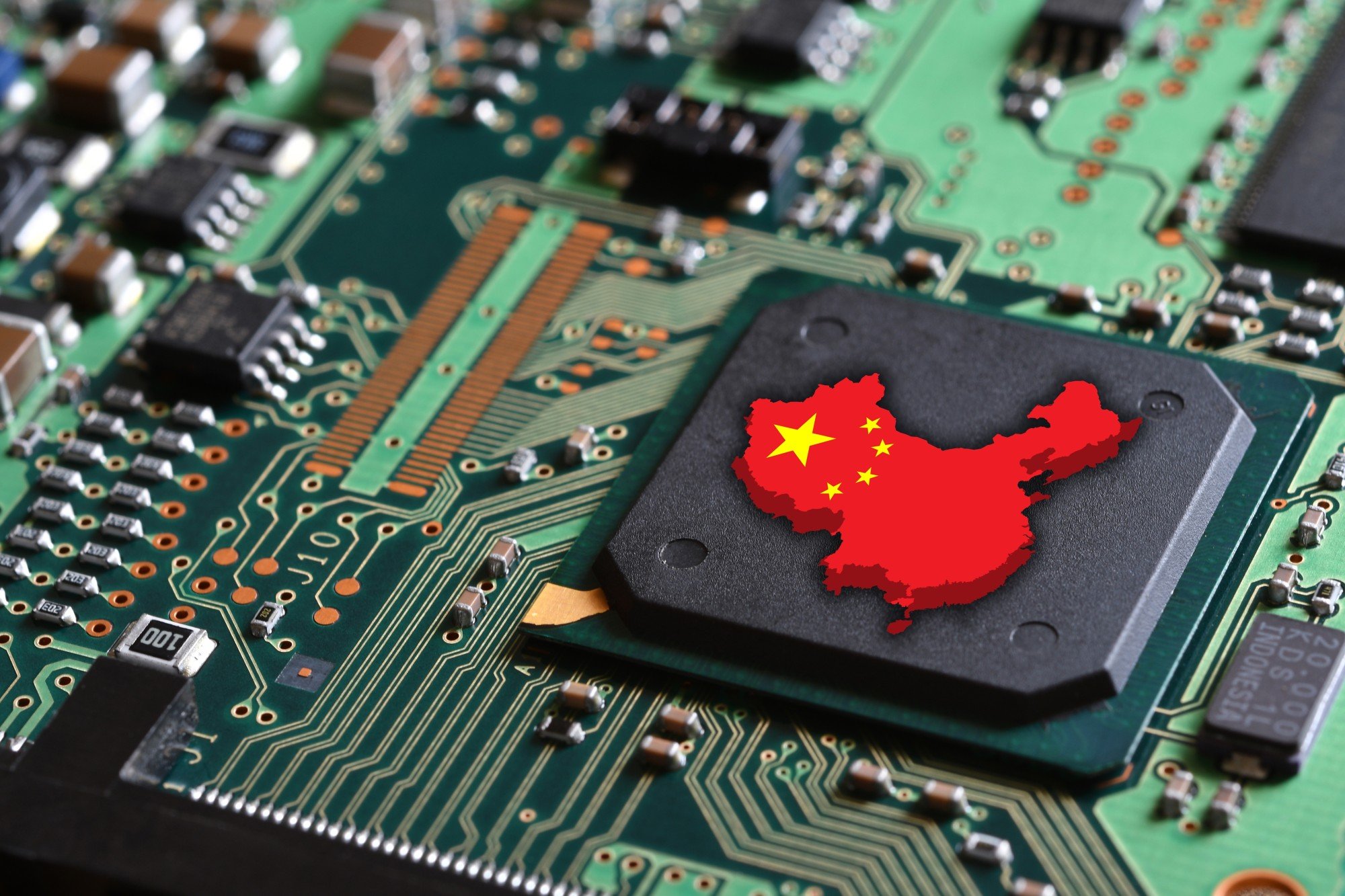A final decision has not yet been made, officials said. Bloomberg News first reported on the 2023 SIA presentation.
After CXMT was identified as a potential target, Jefferies analyst Edison Li said, “It is very likely that more Chinese companies will be added to the U.S. Entity List.” “This is easy to implement and easy to justify, and will further deter certain major Chinese companies from exploiting loopholes in current export controls.”
In addition to companies that actually produce the chips, U.S. authorities may also sanction SiCarrier as well as Shenzhen Peng Jingao Technology, according to people familiar with the matter. The concern, the person said, is that the two companies, which make chip manufacturing equipment, are acting as agents to help Huawei obtain restricted equipment.

It is unclear whether the U.S. Department of Commerce, which maintains the trade blacklist, has additional evidence linking these companies to Huawei, the people said. The United States has the power to sanction companies that pose a future risk of harming national security, and authorities do not necessarily have to prove past harmful or illegal conduct.
The White House National Security Council and the Commerce Department's Bureau of Industry and Security declined to comment.
Representatives for the Chinese companies and the Ministry of Commerce did not respond to messages seeking comment.
The Foreign Ministry reiterated that it “firmly opposes” U.S. actions that disrupt market order and harm Chinese companies, but did not comment specifically on potential U.S. moves under consideration. .
US allies resist Biden's urge to tighten chip limits on China
US allies resist Biden's urge to tighten chip limits on China
There are other policy considerations, too, including when the White House will announce long-awaited adjustments to sweeping tariffs on China first imposed under former President Donald Trump. Officials are also considering raising tariffs on older-generation chips made in China, the people said. These stories have been gaining momentum in recent weeks.
Huawei's Chinese chips use U.S. gear from Applied Materials and Lam Research
Huawei's Chinese chips use U.S. gear from Applied Materials and Lam Research
The use of these chip-making equipment, which were purchased before U.S. and Dutch export controls went into effect, means that even though the Chinese government aims to create a fully domestic semiconductor supply chain, it still excludes foreign-made components. This indicates that it cannot be replaced with .



